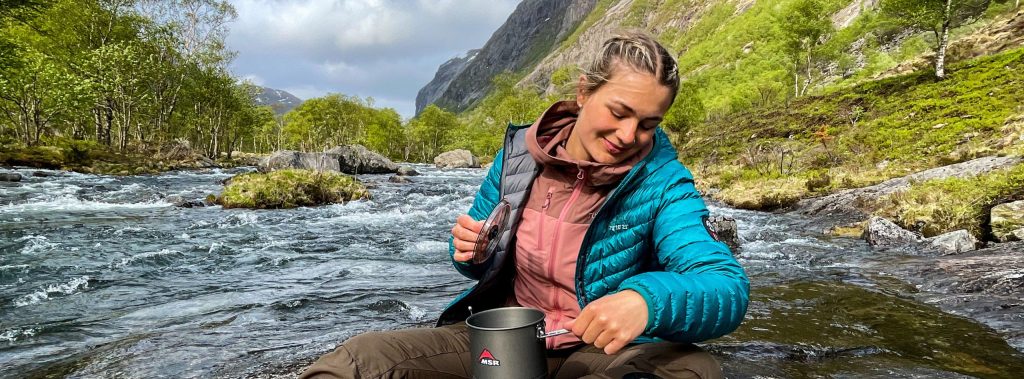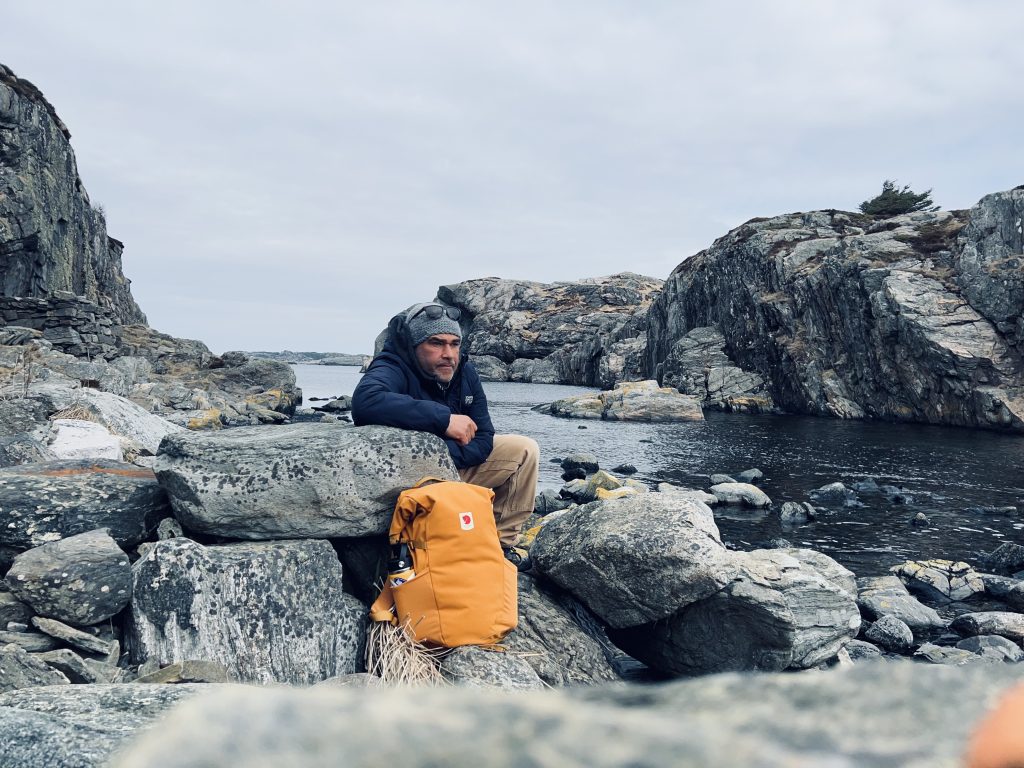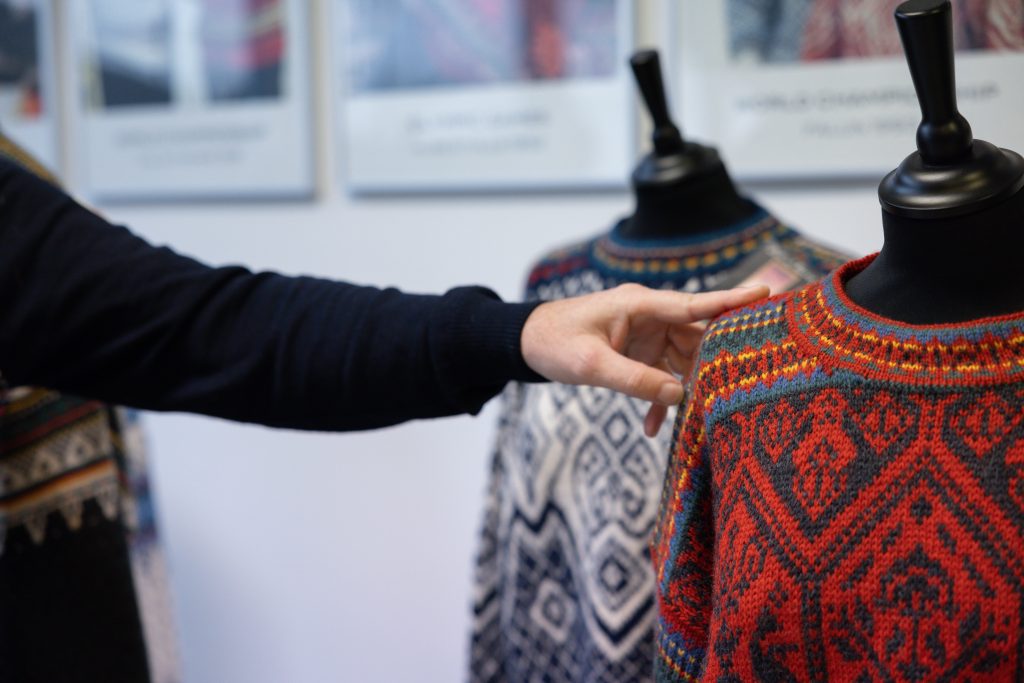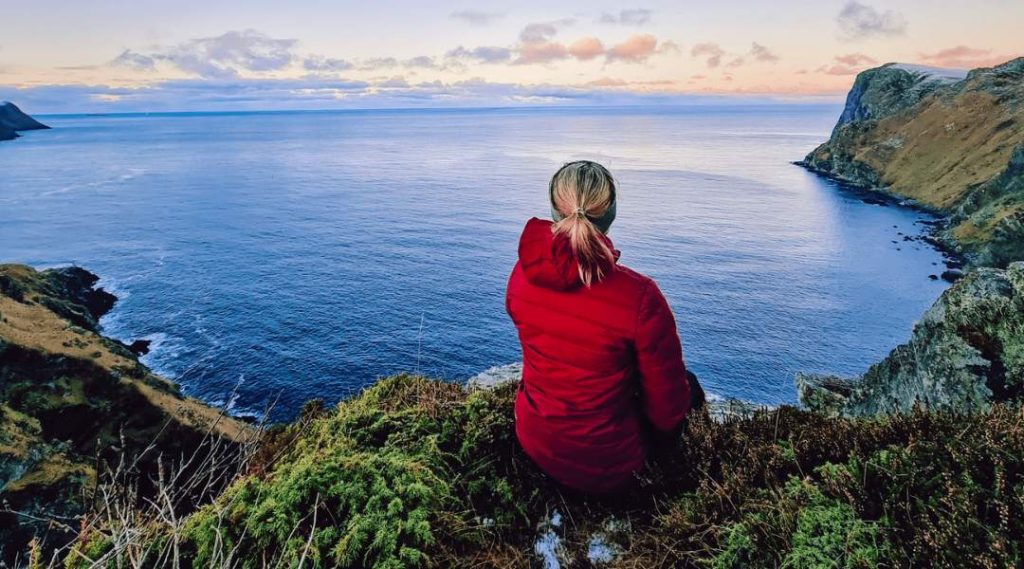Norway summers have balmy 18-degree weather that lets outdoor enthusiasts explore the country’s diverse natural habitats. Warm days and bright nights open the door to numerous activities. So, dynamic, professional sportswear is a must to thrive while on the go.
Here are Norwegians´ favourite summer activities and what you need to wear during the summer outdoor season.
What to Wear When Fishing
Norway cod fishing opens from Lindesnes to the Swedish border on April 14th. So, sea cod lovers can pick a spot on Norway’s southeast coast and cast away before winter restrictions return. Sun intensity levels are higher here than further north, so wear a broad-brimmed hat to protect against burns.
Passionate fishers may stay at fiskeværs (fishing villages) along the coast. If you take this option, plan for cold showers. Sudden storms can blow off the sea even when the day starts with pleasant weather. A full-body raincoat can turn a freezing drenching into a mild splattering.
What to Wear When Cycling
Northern Norway has 24 hours of light for most of the summer. But don’t think this visibility negates the need for bicycle reflective wear. Riders can blend into their surroundings, especially on forest roads. Protect drivers and yourself by donning a fluorescent vest with reflective strips on both sides.
Specialist stores may try to sell you spandex biking wear. But unless you’re hyper-competitive this getup is unnecessary and a tad unsightly. T-shirts and shorts with 70-90% polyester offer significant flexibility without sacrificing the casual streetwear look.
What to Wear When Hiking in Summer
If you’re getting back into hikes after a long winter hiatus, your feet will need some support. We all know the frustration when new hiking boots should rub painfully during the first hikes of the season. While good-fitting boots help, socks are your main line of defense.
Use two wool socks, one thin, one thick. Set the thicker sock outside the thinner one, creating a moving barrier between your foot and the boot. Since the socks rub against one another, your skin never rubs directly against solid shoe leather.
This arrangement will also keep your feet dry as the outer wool layer creates an air space around your foot where sweat can evaporate. So, a thin/thick pairing keeps your feet cool even on the hottest days.
What to Wear When Kayaking
Norway’s diverse paddling points range from calm, icy fjords to raging rapids. Strong swimmers may feel comfortable in the country’s gentler waters, but this confidence endangers experienced boaters each year. Always wear a personal flotation device anytime you’re away from the land.
Dress for the water’s temperature, not the air’s. Land temperature may be a balmy 24 degrees, but ice melt can keep the water far below this mark. The water’s lower temperatures transfer across the surface, cooling any traveler.
Layers are your friend. A warm outer vest is a fantastic way to keep your core warm while maintaining arm mobility.
What to Wear When Rafting
Rafting differs from kayaking in that you will get wet. Depending on where you raft, this soaking can range from a cool refreshment to a hypothermic prelude.
Many experts agree that temperatures below 21 degrees pose risks to water travelers. Falling into water much colder than this mark can cause shock, paralyzing even the most seasoned boaters.
If you boat in waters under 21 degrees, wear a wet or dry suit. Both suits keep your skin protected by preserving a gap between your outer and inner layers. This temperature shield can save your life when the rougher rapids spill you into the drink.
Finding the right gear for your summer adventures can devour your outdoor time. So, visit a specialist shop that satisfies most of your needs in one go. 4F offers sports bras, t-shirts, shorts, socks, and trousers, perfect for exploring Norway’s natural offerings.
Key Takeaways
- Keep warm and protect your skin from the sun when fishing.
- Use flexible, comfortable underwear when cycling and adopt reflective gear.
- Wear two wool sock layers to protect against sweat and blisters.
- Put on personal floatation devices, and dress for the water’s temperature, not the land’s.
- Don wet or dry suits to combat freezing rapids.










